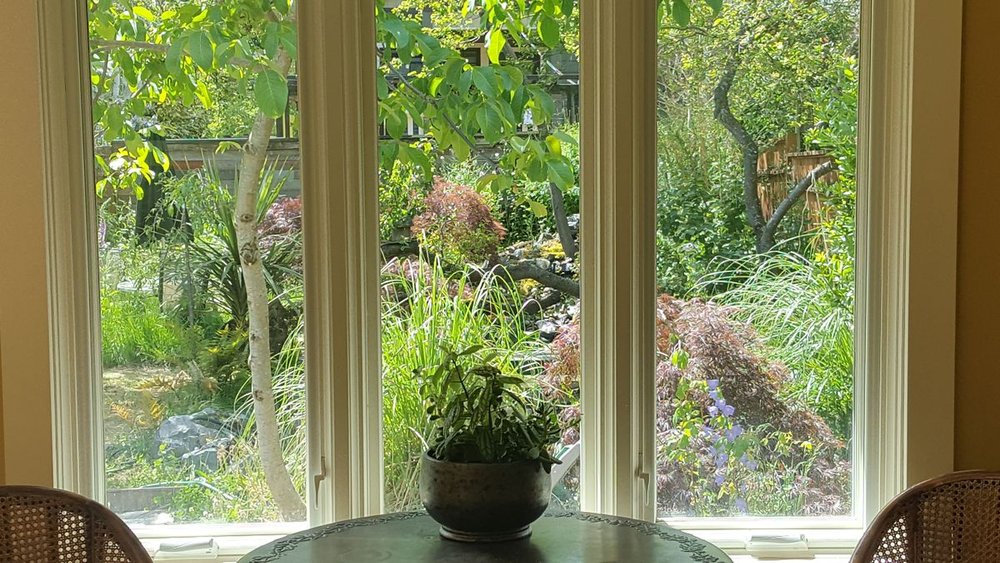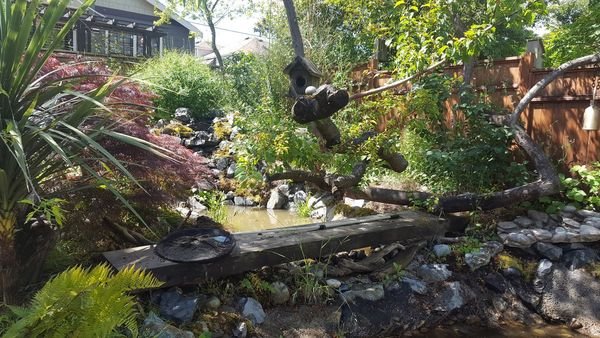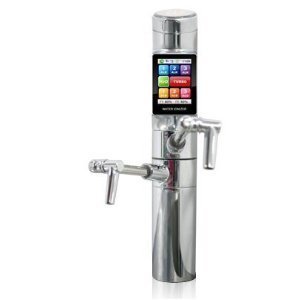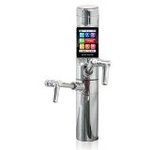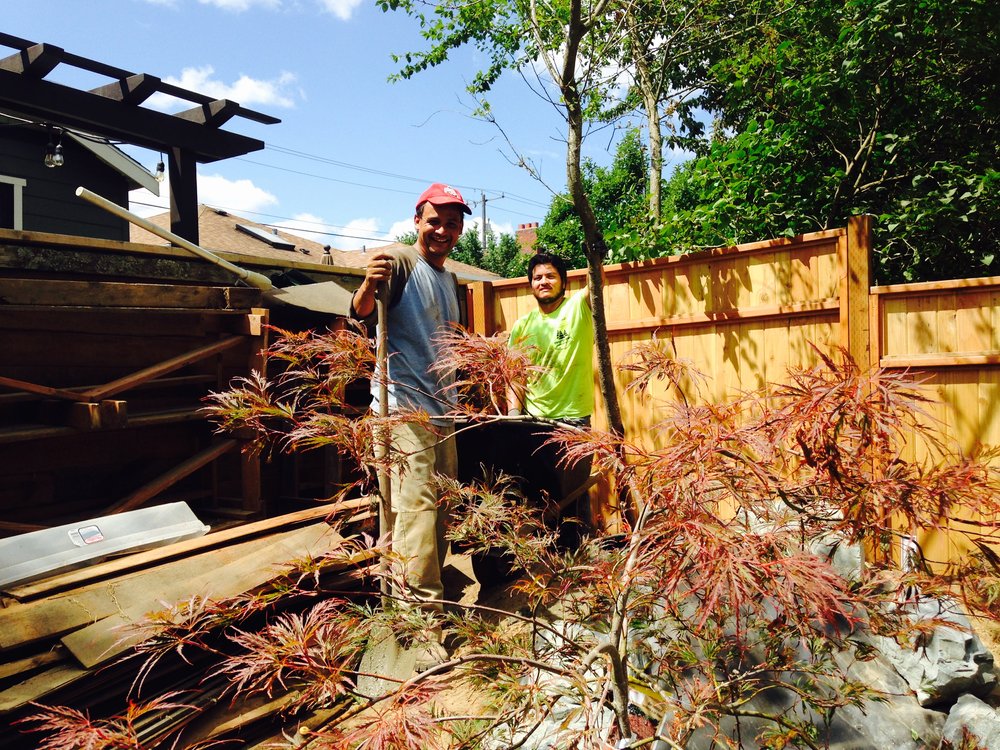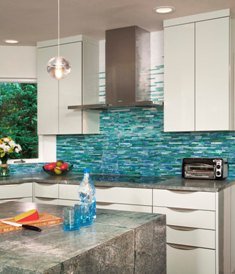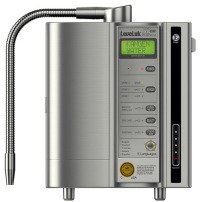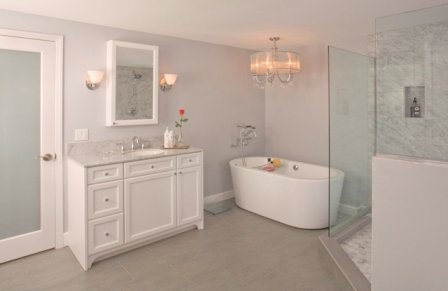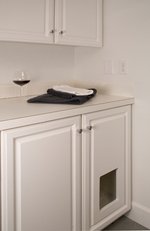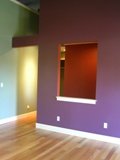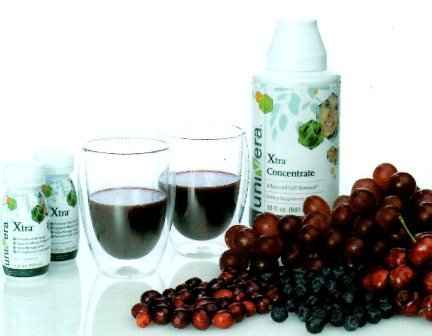One of the questions I have often been asked by clients, colleagues and other professionals, is ‘how long is this green thing going to last’? Is it a fad, a movement or is it a real change in our society?
For the past 10 years it has been a growing movement and has influenced our society from organic food to recycled glass counters. Most manufacturers that have any interest in being in business have re-evaluated their manufacturing processes and carefully calculated the LEED* points that their product qualifies for. Most manufacturers proudly advertise their level of ‘green.’
I have noticed, however, a split in some of the professionals that work with building products on a daily basis. There are many architects, interior designers and contractors that have decided that they are not going to participate in the ‘green thing’. (I am always shocked!! REALLY? Not at all???) I have found that for most, it is a reluctance to learn new values, new design ‘rules.’ And to stereotype, it is the same group of people that say ‘why should I learn Autocad, I’m going to retire soon anyway.’ But, they are not retiring, they are active, working professionals in our community.
So it is with apprehension that I read the announcement that AIA** has allowed the sustainable design education requirement to sunset at the end of calendar year 2012. What? AIA is not promoting sustainable design? This is what they said:
“Recognizing that sustainable design practices have become a mainstream design intention in the architectural community...AIA members will no longer need to complete the sustainable design requirement to fulfill their AIA continuing education.”
I’d like to think that sustainable design practices are main stream, but honestly, how many sustainable homes have you seen built lately? Don’t they look suspiciously like the homes that were built 10 years ago? Has the building industry changed? How many compostable toilets have you sold? Or even HET’s? Do you even know what an HET is?
My point is that although sustainable design is much more frequent and accessible than it has been in the past, it is hardly main stream and the professionals that need this education the most are the ones that have long been out of school, the ones that would be required to take these courses as part of their continuing education. I vote to keep those requirements.
Trying to Keep Green
Christine
*LEED : Leadership in Energy and Environmental design, a green building certification system established in 2000 by the United States Green Building Council (USGBC)
**AIA: Based in Washington, D.C., the AIA has been the leading professional membership association for licensed architects. emerging professionals, and allied partners since 1857.


